Panier
Close
- No products in the cart.
Sous total (Hors frais de livraison)
0,00€
Payer
Expédition et livraison
Réparation et maintenance
Discover the benefits of carbon foils for optimum gliding performance!
In wingfoil, several pieces of equipment are essential for sailing and rising above the water: the wing, the board… and, of course, the foil! The foil generates the necessary lift as soon as a certain speed is reached, thanks to the power of the sail, the wind and sometimes pumping. So which foil should you choose for optimum glide?
The choice of foil depends on a number of criteria, such as your level of skill, the type of practice, the weather conditions on your spot, your size, and of course your budget.
Here are the main points to consider when choosing the right foil:
This is the part of the foil that connects the front wing to the stabilizer. The shorter it is, the more responsive it is in maneuvers. On the other hand, a long fuselage goes faster and also gives you better stability, so it’s advisable when you start wing foiling. In fact, the greater the distance between the front wing and the stab, the easier it is to balance.
The fuselage can either be molded directly to the foil’s front wing, or they can be separated. In fact, at AFS Foiling, we call the second version the Plug and Play model, for simple assembly and high glide quality.
Placed at the front of the fuselage, it generates the lift of the foil and therefore of your board. It’s what keeps you flying over the water…
A large front wing (1500 to 2000 cm² surface area) is best for beginners or for sailing in light winds. It offers better stability and lift, especially at low speeds. The heavier the rider, the bigger the size. The right surface area is around 1750 cm² for beginners. The more you progress, the more you reduce the surface area of the foil’s front wing. This can happen very quickly, and you’ll be sailing with, say, a 1200 cm² wing within a year.
Experienced riders or those looking for more speed will prefer a high aspect profile (almost flat front wing) for enhanced performance in freeride, freestyle or downwind. As for those in the learning phase, it’s best to opt for a more versatile, less technical mid-aspect front wing.
Located at the rear of the fuselage, it’s sometimes called the winglet because its surface area is much smaller than that of the front wing. The stab provides both balance and stability when you’re flying. Its surface area should be around 240-250 cm² for wing foil novices. Located at the rear of the fuselage, it controls foil behavior and improves glide. The assembly of the stab, front wing and fuselage make up the aircraft.
Also, if you need to adjust the angle of incidence of your foil, remember to use a small wedge (or wedges). Slide it between the stabilizer and the rear of the fuselage.
A short mast (70-80 cm) is ideal at first. It reduces falls and simplifies learning by keeping the board closer to the water. Aim for 70-75 cm if you plan to keep your first mast for a long time. As you progress, you’ll be able to increase its length, to around 85-90 cm. This will enable you to sail more steadily when the water is rough. Also, position your mast in the rail of your float more towards the front than towards the rear. This facilitates take-off (better lift) while benefiting from more lift, especially in light wind conditions. By moving the mast forward, the board becomes more stable, but this can make maneuverability more difficult. Such a set-up is also advisable on spots with few waves.
This accessory is the foil’s baseplate. It’s what you attach directly to your board. It’s the link between your board and your mast. Since at AFS all our masts are made of carbon, they are molded with the deck itself. For greater lightness, rigidity and durability. It also saves time by eliminating the need for two extra screws. However, some brands offer a separate plate for aluminum masts.
Example of foil configuration to start the wing :
You need a foil with a relatively short mast, either aluminum or HR carbon + a large front wing + a wide stabilizer for greater stability + a long fuselage to obtain an economical, high-performance foil that will accompany you as you progress.
However, we strongly recommend that you start with a full-carbon foil, which offers many advantages…One of the main advantages of a carbon foil is its rigidity, which provides incomparable sensations difficult to find with other materials.
By comparison, to achieve the same rigidity as a carbon foil, an aluminum foil needs to be thicker. This difference in design has a direct impact on performance: a carbon foil has a thinner profile, making it easier to glide and more comfortable on the water.
The construction of a carbon foil offers two major benefits to sailors: on the one hand, its light weight makes transporting the equipment more pleasant, both before and after the session; on the other, reduced weight facilitates take-off out of the water, and therefore a quicker, smoother waterstart.
Freestyle enthusiasts will also be pleased, as a carbon foil enables them to jump higher and perform tricks with greater ease. Weighing around half as much as an aluminum model – 2.5 to 3.5 kg as opposed to 5 to 6.7 kg – it offers undeniable maneuverability and greater responsiveness in the air.
Another advantage of carbon foils is their longevity. In the middle of a session, every rider is not immune to hitting a pebble or other underwater obstacle. And sometimes even out of the water, on the sand. This can lead to scratches on the mast or front wing. However, these scratches can easily be removed by lightly sanding the surface yourself. And if you want to go even faster on the water, there’s nothing like careful sanding to reduce the drag of your foil.
Maintaining a carbon foil is simple and straightforward. There’s no need to use special products such as tef gel or lithium grease. Or to clean it thoroughly after each session: a simple rinse with clean water is all that’s needed. What’s more, unlike aluminum, carbon is naturally resistant to corrosion.
Although the price of a carbon foil is higher than that of an aluminum model, it’s a worthwhile investment in the long term. Although the price of a carbon foil is higher than that of an aluminum model, it’s a worthwhile investment in the long term.
Indeed, an aluminum mast can suffer irreversible plastic deformation, making it impossible to repair or reuse. Conversely, carbon does not warp, and can be restored or even optimized to improve its performance.
AFS Foiling offers this service to its customers, extending the life of the foil and amortizing its initial cost, with the possibility of reselling it later.
Click & Collect
Secure payment in 3 or 4 instalments
Advice from enthusiasts
Satisfied or your money back
2 to 3 years warranty
Worldwide delivery
Votre emplacement actuel et les langues disponibles
Your current location and available languages
Build your complete foil equipment according to your practice and objectives.
Answer a few quick questions and get a suggestion.
Compare up to three stabilizers side by side.
Coming soon...
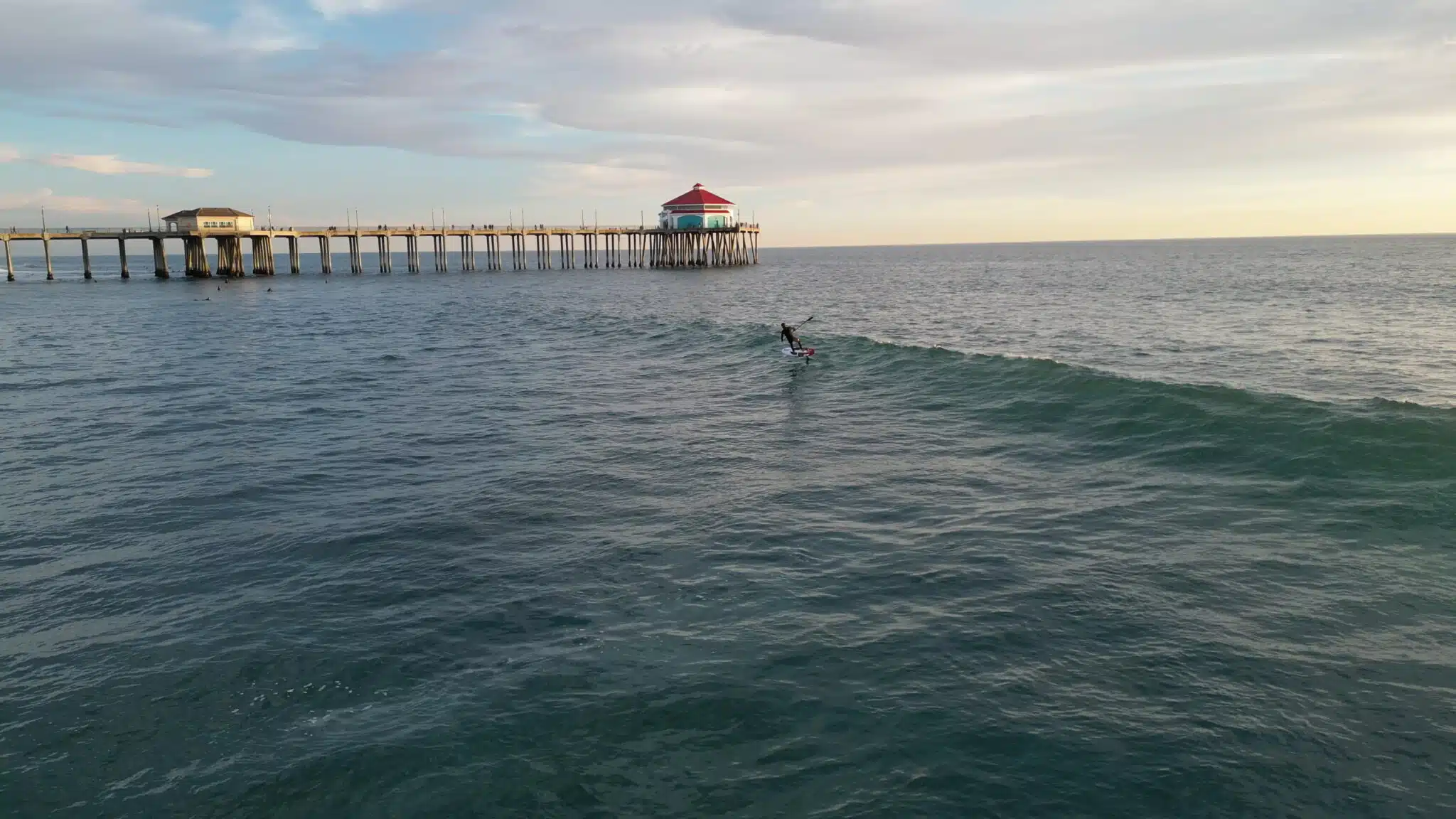
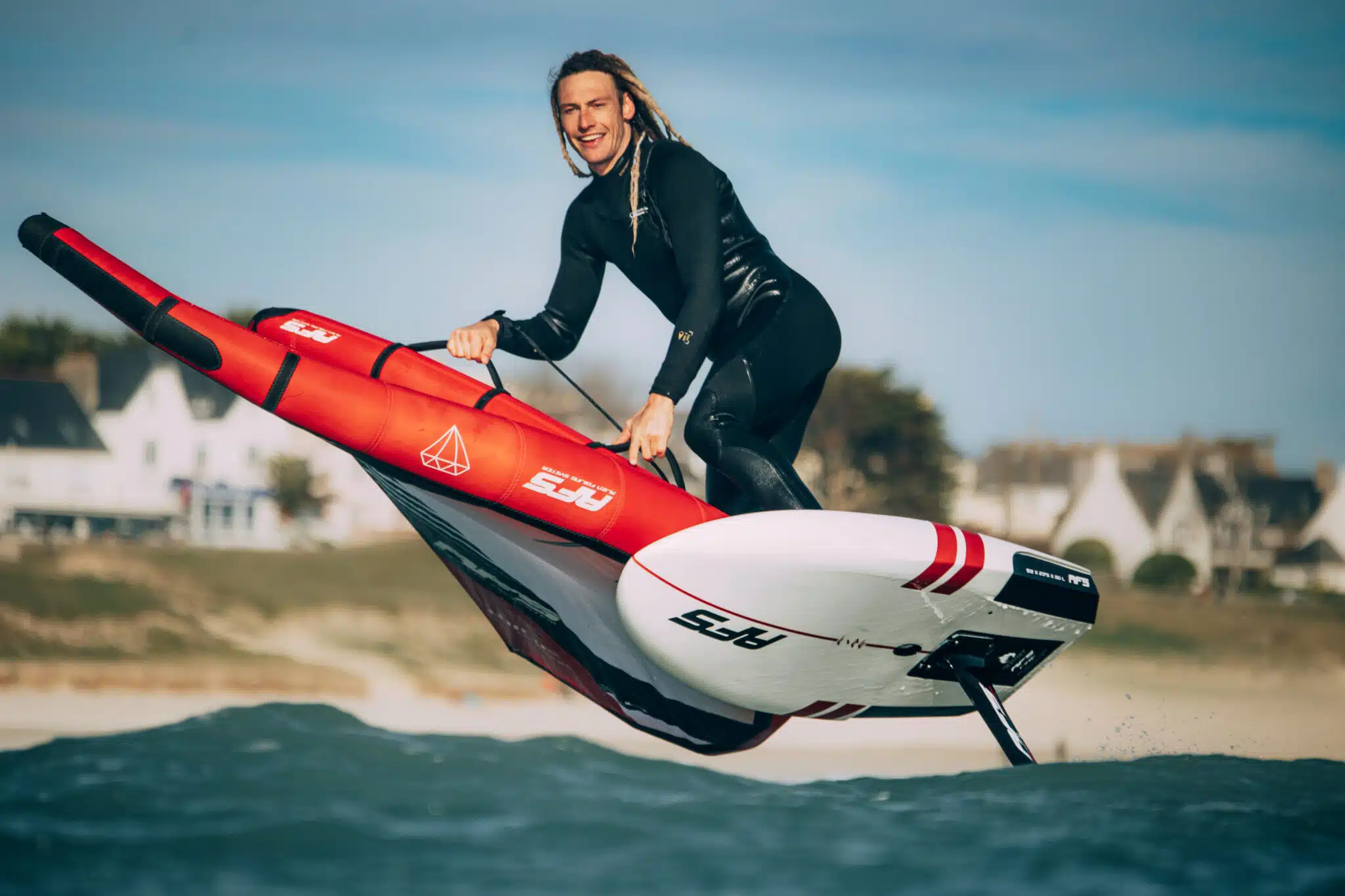

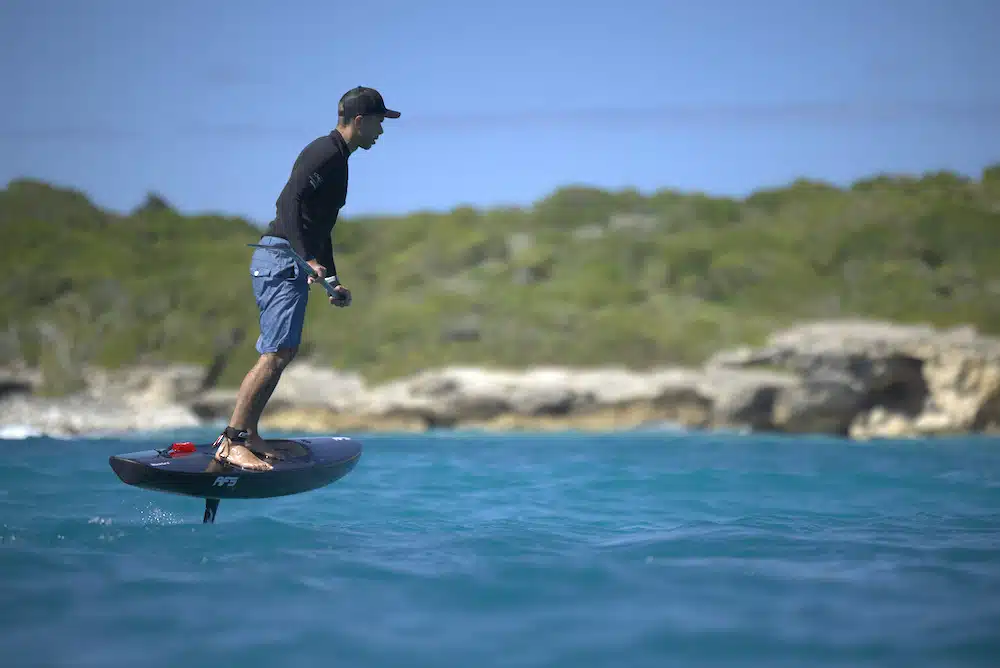
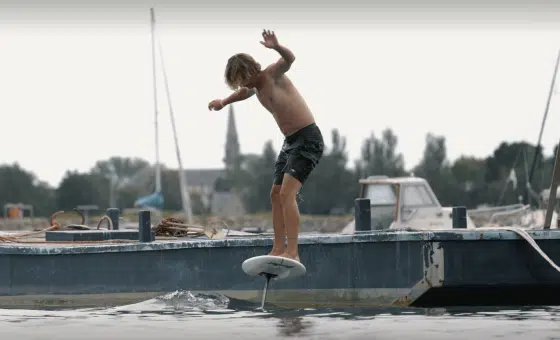
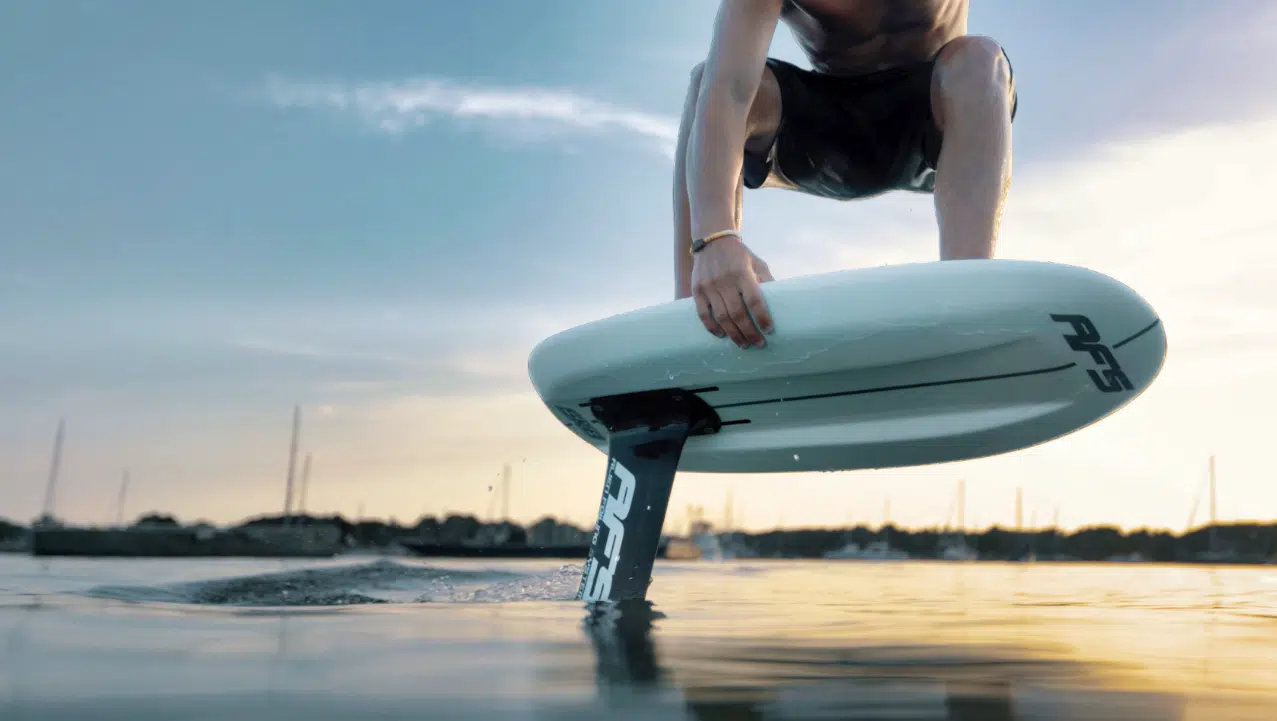
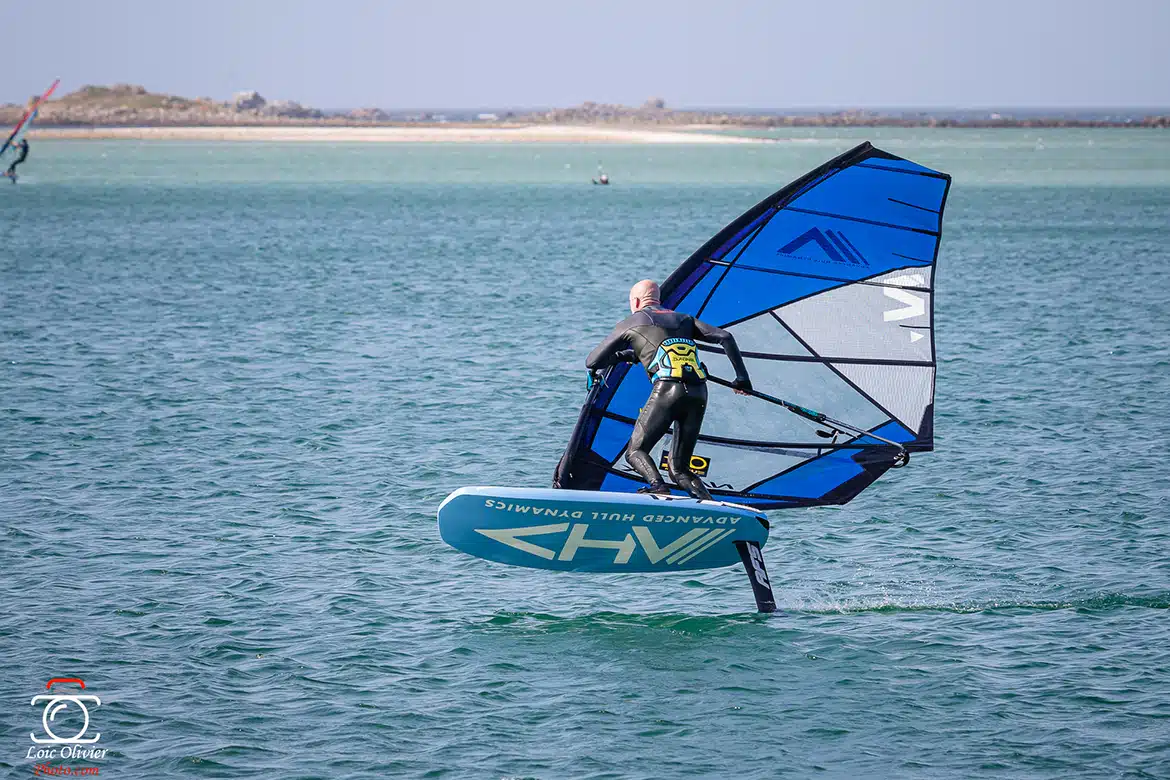
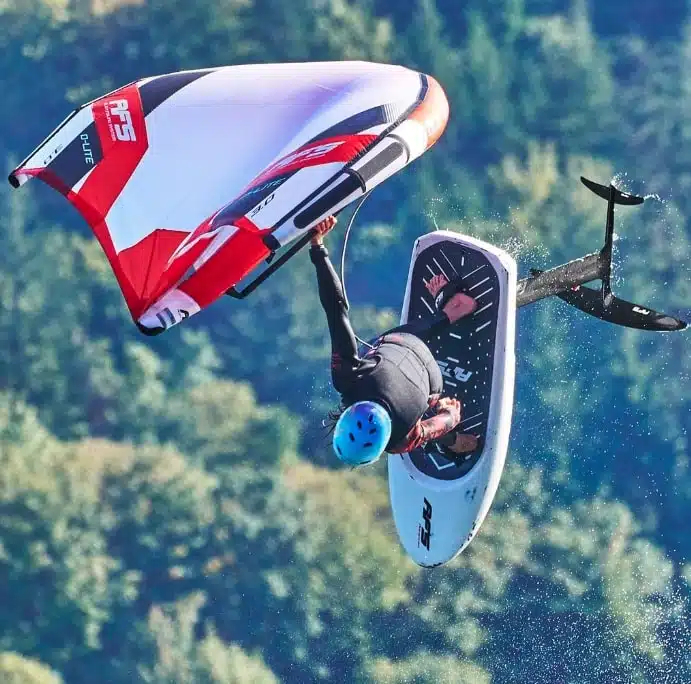
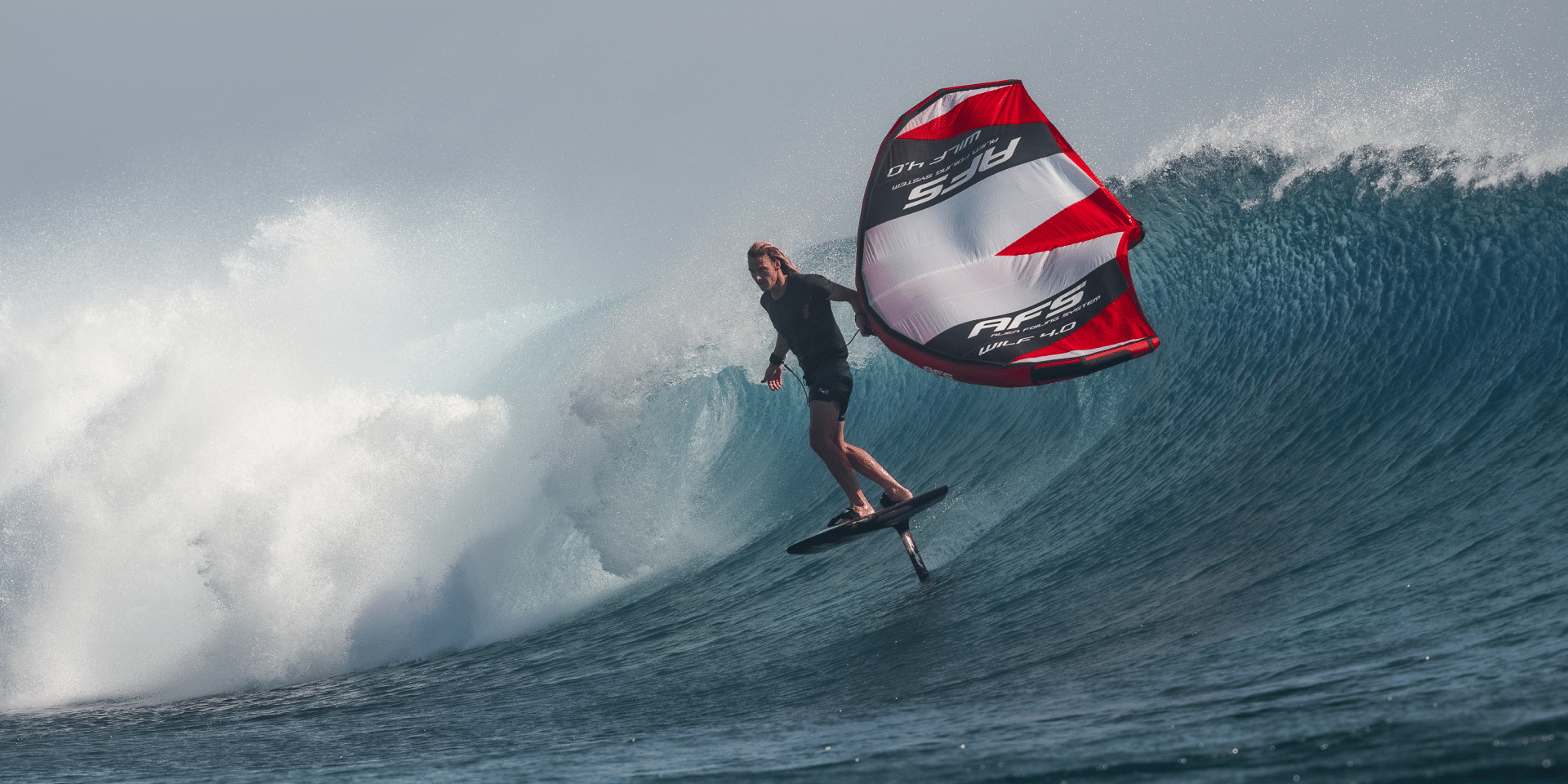
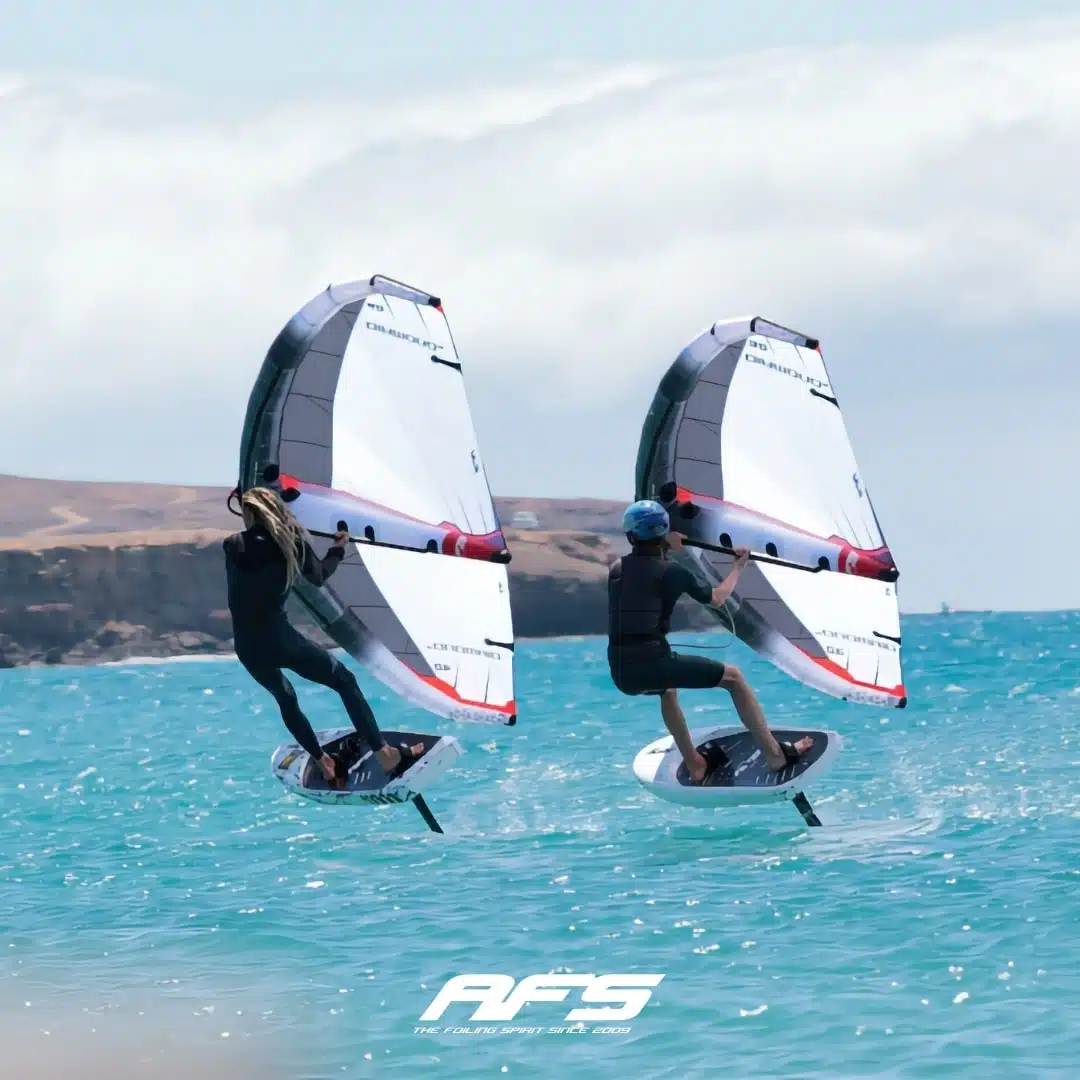
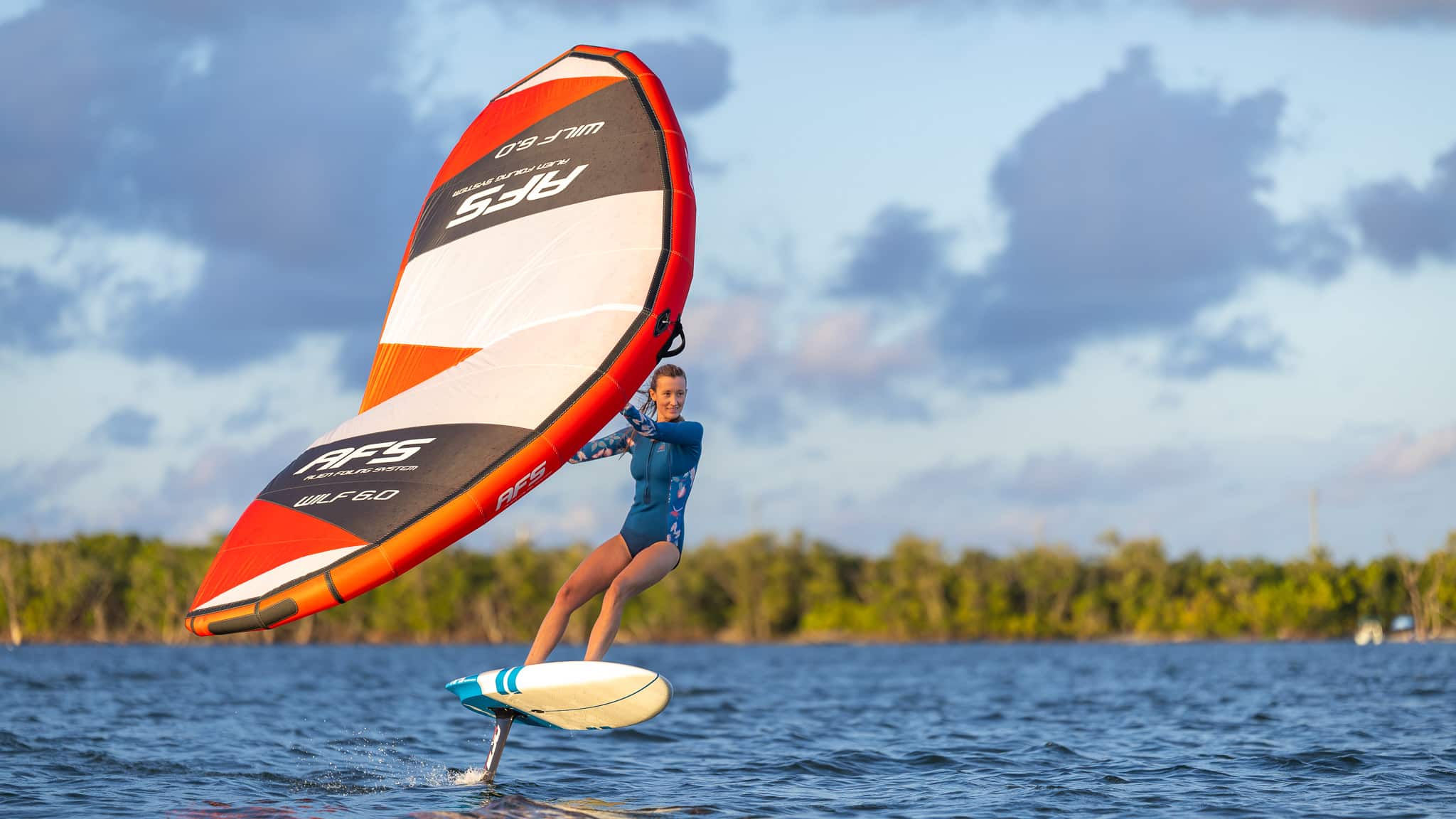

You will receive a product in excellent condition, with a few minor scratches from use.
Your product may have a few minor scratches or visual defects, but it's ready to take to the water again!
Despite deeper scratches or more pronounced visual defects, your product can take to the sea without hesitation: at this price, it's a shame to miss out!